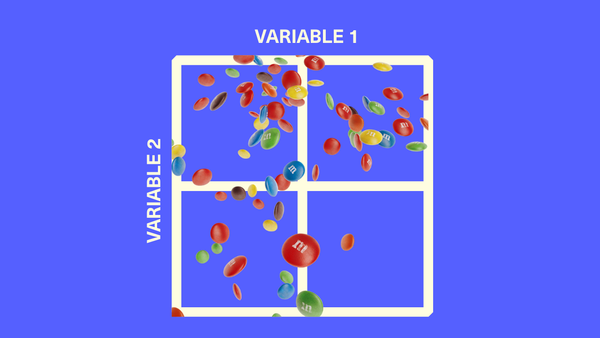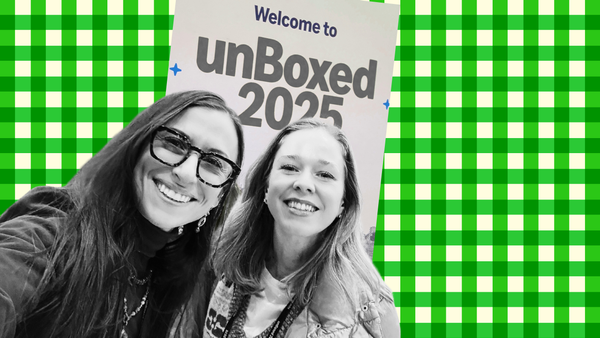Why Agentic Shopping Poses an Existential Threat to Retail Media (Part 1)
What happens to retail media when consumer behavior shifts from browsing retailer websites and apps, to using personal shopping agents?

Back in 2015, when I started my Amazon marketing agency Bobsled, the CEOs of the big agency holding companies dismissed Amazon advertising as a passing fad, and prestige beauty brands told me that their shoppers would never put skincare in the same cart as toilet paper.
We all know how that turned out.
Today, I'm seeing another inflection point that reminds me of those early dismissive attitudes. We'll look back at 2025 and consider it as the year that agentic shopping sprouted its first leaf. And I think that the incoming shift in consumer behavior could upend the $60+ billion retail media industry that's become retailers' golden goose.
I first shared this thesis on the Retailgentic podcast with Scot Wingo, published on Thursday, August 7th. Listen to the full episode on your favorite podcast app by searching for RETAILGENTIC. And as a disclaimer, I serve as an advisor to Scot's new company, ReFiBuy.
Today I'm going to share what happens when consumer behavior shifts from browsing retailer websites and apps, to using personal agents to augment the process of researching, finding, and buying products. Then on Monday, I'll propose what brands and retailers should do to prepare for this scenario.
The Future Is Already Here (And It Has Ads)
Before you dismiss this as futuristic speculation, consider what's already happening. Microsoft added ads to Copilot right from the beginning in 2023, and they're reporting excellent click-through and conversion rates. This March, Microsoft debuted "dynamic ads" where the chatbot writes copy in real-time, adjusting to each user's preferences and context. The targeting potential here surpasses anything we've seen in traditional digital advertising.
The pace is accelerating across the industry. While ChatGPT remains a holdout, Sam Altman just hired Fidji Simo from Instacart—who built their highly successful ads business—to lead the company's Applications business (which includes ChatGPT). Despite Altman's protestations about keeping ChatGPT ad-free, I don't buy it for a second.
This isn't speculation about whether AI assistants will become our shopping companions—it's already happening. The question is how quickly this behavior goes mainstream and what it means for the retail media goldmine that retailers have been frantically mining.
Read more from me on this topic:
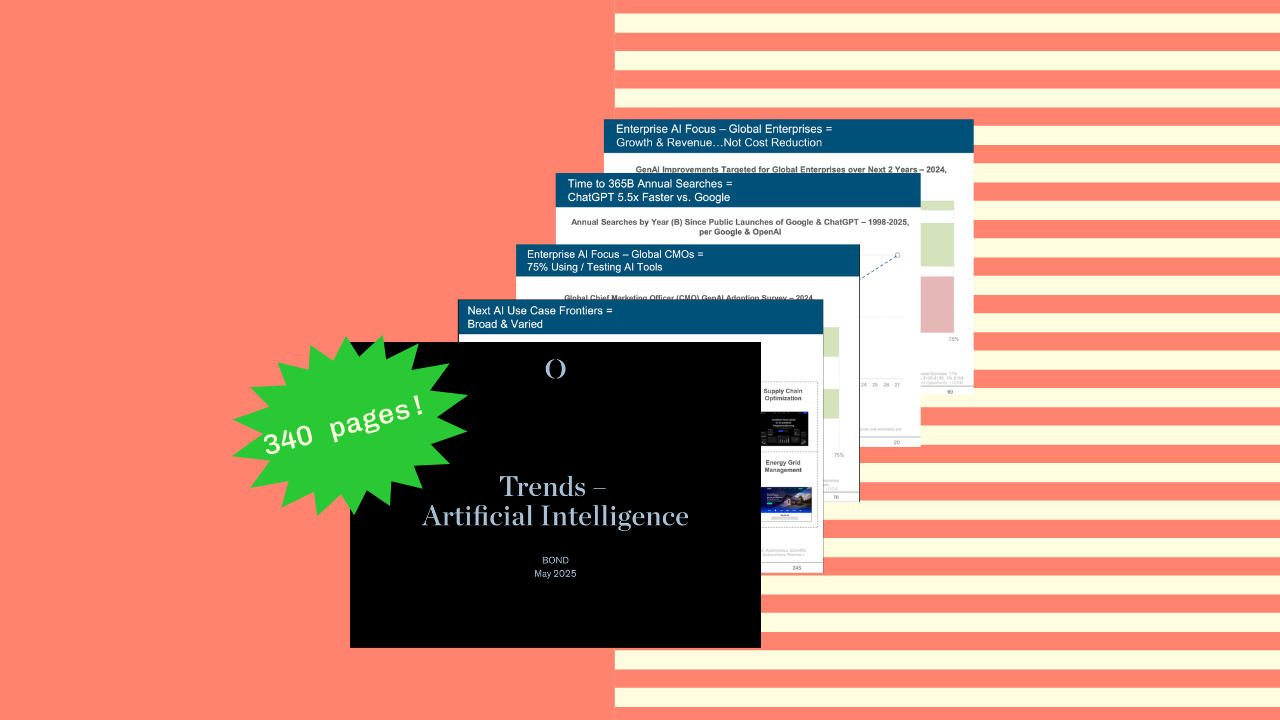
The Three-Legged Stool of Retail Media Economics
To understand why AI poses such a threat, you need to grasp how retailers make money from advertising. The economics break down into three buckets:
1. On-site advertising (70-80% profit margins): The digital surfaces consumers interact with—websites, apps, search results. Brands pay premium prices to appear where shoppers are actively making purchase decisions. As I explained to Scot, this is the bread and butter of retail media networks, from sponsored product listings to display banners.
2. Off-site advertising (~40% profit margins): Retailers monetize their transaction and audience data by partnering with third-party publishers. Think of Kraft Heinz using Albertsons' shopper data to target suburban families on Disney's streaming platform. The retailer's first-party data becomes the secret sauce for precision targeting across the web.
3. Physical/trade marketing (close to 100% profit margins): The old-school stuff—endcaps, shelf talkers, in-store signage. Ironically, this traditional format that retail media was supposed to disrupt might be the safest from AI disruption – more on that later.
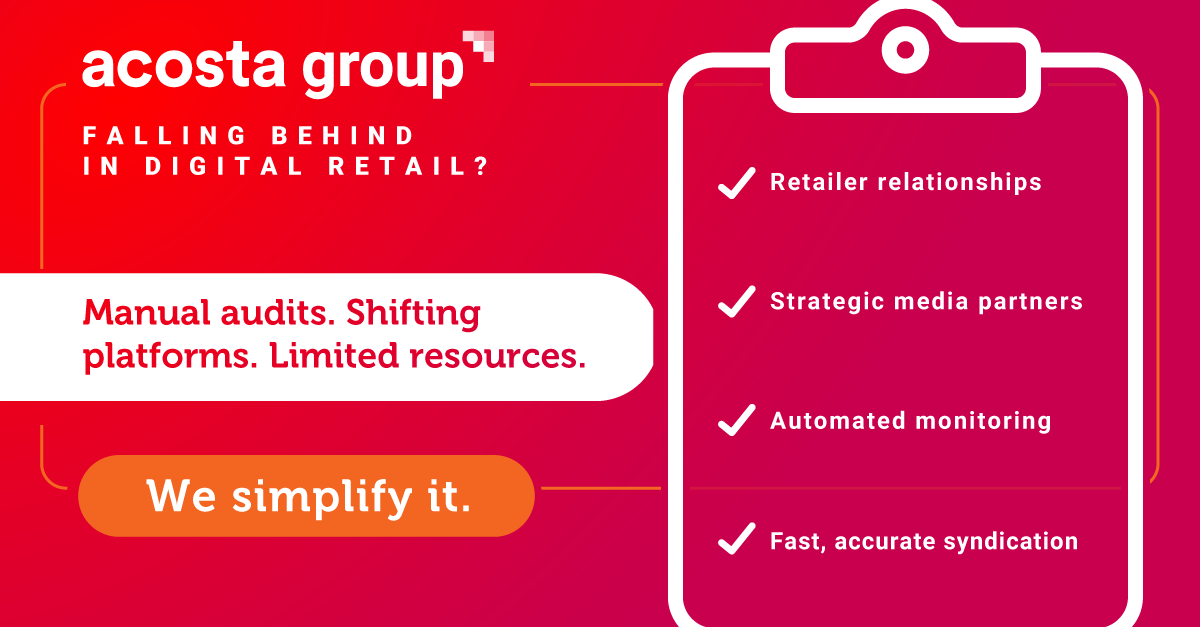
Acosta Group’s retailer intimacy is legendary—merchants answer their calls.
You're not going to find that access at the same scale with any other partner out there. That expertise with both retailers and shoppers fuels its Connected Commerce team, which offers digital shelf, retail media, and data analytics all under one roof. Tap into 100 years of retailer relationships and award-winning digital commerce capabilities.
Learn more at Acosta.Group
When ChatGPT Becomes Your Personal Shopper
Now imagine a near future where instead of browsing Walmart.com or opening the Target app, you simply tell ChatGPT or another AI agent: "I'm making tacos for six people tonight, build me a shopping basket with the best deals." The agent comparison shops across retailers, checks your dietary preferences, applies coupons, and completes the purchase—all without you ever seeing a retailer's website.
This shift threatens the first pillar of retail media economics. Those profitable on-site ad placements? Gone. The sponsored search results that brands pay top dollar for? Invisible. If consumers adopt AI agents for routine shopping, ads don't matter anymore in the traditional sense.
But it gets worse for retailers. In this scenario, both the retailer and ChatGPT have the transaction data. Now we have two parties that know that I, for example, am an avid home cook that's frequently stocking up on summer BBQ supplies. The fact that two parties, rather than just one, now have those consumer buying signals, degrades the scarcity of that data from the retailer.
The LLMs will have even richer data, across many retailers, and could easily monetize this through allowing brands to activate against these audiences. That exclusive first-party data that retailers have been monetizing for their offsite ads business is no longer exclusive.
The Ironic Survival of Trade Marketing
In a twist of fate, the one area that might survive this disruption is physical retail and trade marketing—the very channel that digital retail media was supposed to cannibalize. People will still visit stores for certain purchases – perhaps even in the same 80/20 ratio that we see today of in-store spending versus ecommerce.
On these shopping occasions, consumers will still see endcaps and shelf displays.
As such, the impact might vary by category. For a grocer like Albertsons or H-E-B, where most shopping still happens in-store, the threat to their advertising business could be manageable. But for electronics retailers or others with heavy e-commerce exposure, the disruption could be more profound.
The Amazon-Walmart Philosophical Divide
Quite telling is how the two giants in the retail world are responding to this threat. Walmart is, surprisingly, throwing open the doors. They're building their systems to welcome external AI agents, envisioning a future where their Sparky assistant integrates seamlessly with whatever AI consumers prefer.
But Amazon is building a closed ecosystem on top of Nova Act, the technology that enables the new 'smarter' version of Alexa Plus, which is being positioned as Amazon's flagship consumer-facing agent. Amazon's website blocks external shopping agents. It's a strategic bet on whether consumers will accept retailer-specific AI or demand interoperability.
Read more from me on this topic:
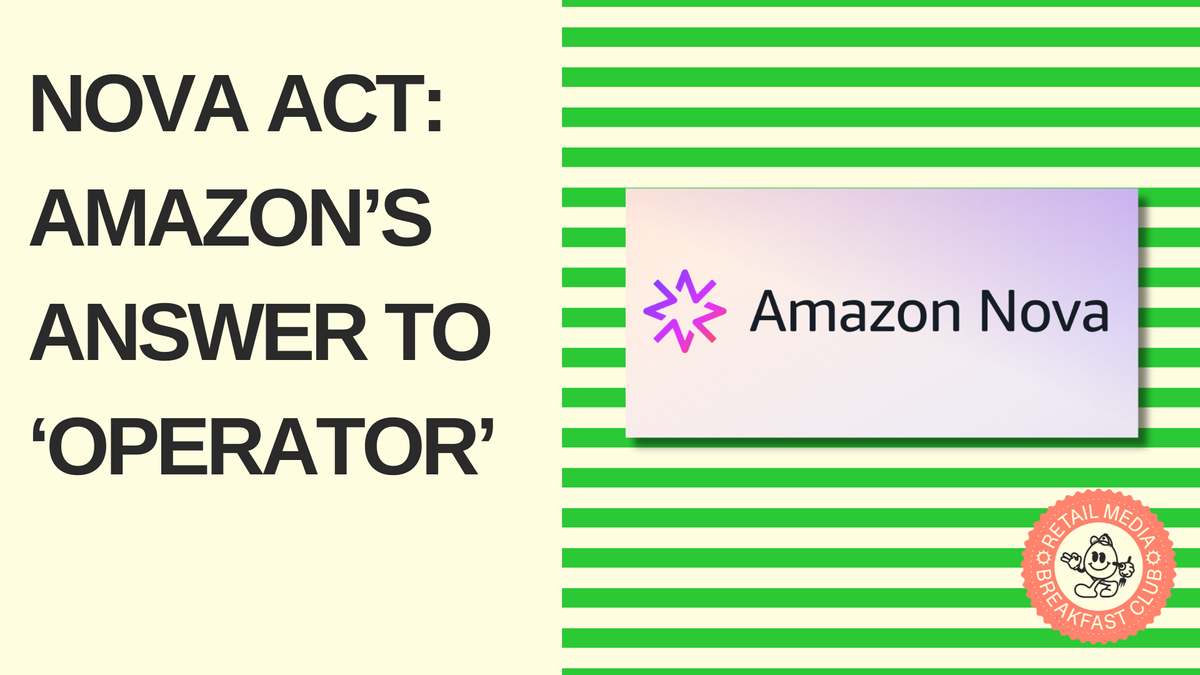

But as Scot pointed out, Amazon has an advantage here: flexibility. Using the company's own concept of "one-way doors" versus "two-way doors," blocking AI agents is entirely reversible. If their walled-garden approach fails, they can pivot overnight to embrace open standards. Walmart's open approach, however, might be harder to reverse once external agents are deeply integrated into their systems.
While we wait to see which approach wins in the long term, their divergent approaches to reinforce that retail media is threatened regardless of strategy. Amazon's walled garden might preserve some on-site ad revenue temporarily, but at the cost of losing shoppers to more open ecosystems. Walmart's openness might win shoppers but explicitly gives up control of the ad experience.
The Clock Is Ticking
Retail media networks have been the darling of the retail industry, promising tech-like margins in a traditionally low-margin business. Management consultants promised eight-figure media businesses within 12 months. But as AI agents mature and consumer behavior shifts, those projections might prove as fleeting as the marketers who dismissed Amazon as a place to buy books on the cheap.
The question isn't whether this disruption will happen—it's how fast and how completely. For retailers and brands alike, the time to prepare is now.
Read on to Part 2 of this series, where I explore how retailers and brands can adapt to this AI-driven future, from reimagining loyalty programs to treating AI agents as VIP customers.







